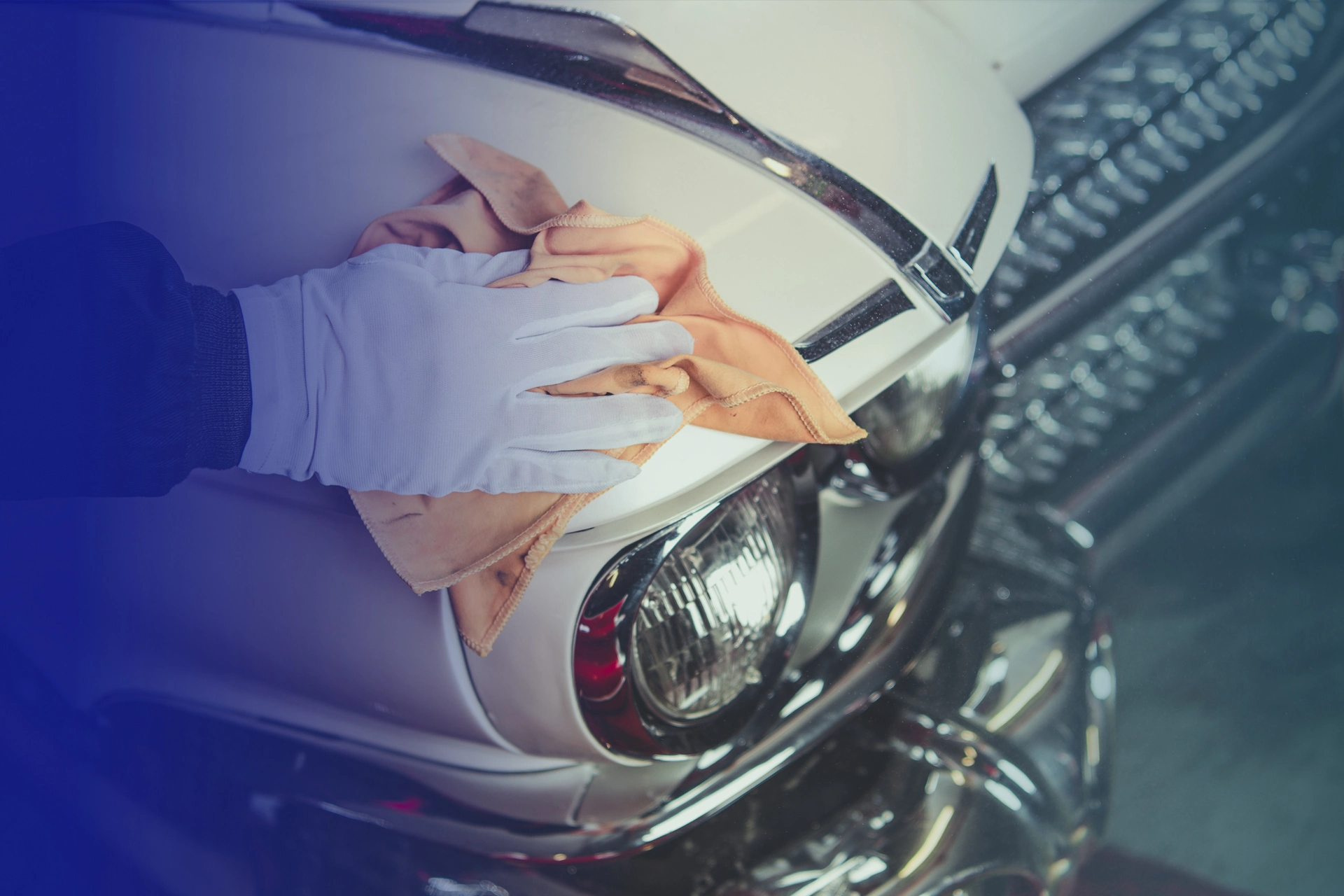
Table Of Content
Learning how to take care of your car is one of those things that mark you out as a ‘proper’ adult, embracing the responsibilities that come with independence. No longer can you just get your dad to do it, or ignore that annoying rattle in the engine in the hope that it will go away on its own. Both old and new car maintenance can be a costly thing to continually farm out to a garage or mechanic, so it is well worth learning some of the basics around looking after your vehicle yourself. Here are some things that pretty much anyone can do to keep things ticking over.
Keeping a close eye on tyre pressure is a big part of taking care of your car as it not only keeps you safer on the roads, it can help save money on needing replacement tyres too quickly. Driving on over-inflated – or under-inflated – tyres increases your risk of having a blow-out on the road. Driving on the correct pressure protects the tyre and helps with fuel efficiency and vehicle handling at the same time.
Tyre pressure can fluctuate in different temperatures, weather conditions and environments. Air can be added at many larger garages and petrol stations. Always check the pressure when the tyre is cold, waiting at least four hours after you have last driven the car. Use a tyre pressure gauge to read the results and fill up with, or release air according to your vehicle’s ideal PSI. This number can be found on the tyre itself or in the log book.
It is also good practice to rotate your car tyres every 12,000 miles, or so. This means switching the front two tyres with the back two. Front and back tyres wear differently, so changing them in this way means you can get more life out of them and gives you a smoother ride. Always keep an eye on the tread so that it doesn’t wear too thin. Riding around on balding tyres is both illegal and dangerous. Change your tyres sooner, rather than later if they have been on the vehicle for ages, or you are concerned about their performance in any way.
Another key aspect of knowing how to maintain a car is not allowing it to run out of oil. This can damage the engine and cause serious problems while out and about. Oil lubricates your engine’s moving parts and stops them from grinding together or being damaged through friction or wear and tear. It also collects some of the dirt and debris that finds its way into the engine and removes it via the oil filter.
A good habit to get into before any long journey, and on a regular basis if you only do short runs, is checking your oil level and topping it up if it has fallen too low. Ensure the car is parked on level ground. Checking the oil is straightforward, once you have located where the oil tank is the engine. Again, do not do this while the engine is still warm, as you want the oil to drain back into the tank to get the most accurate reading. Plus you are less likely to burn yourself on any still-hot engine parts.
Pull out the dipstick (the cap with the long stick attached). Wipe it clean with a piece of paper towel or rag. Put it back in, inserting it all the way down. Pull it out once more and look carefully at where the oil level is. There will be markings on the dipstick to show where the level should be so that you don’t fill the oil tank too much, or let it run too dry. If you need to add more oil, carefully pour in some suitable oil and recheck the dipstick until you reach the right level. Read your vehicle manual to see how often you need to carry out a complete oil change – many suggest this at around every 5,000 miles, but all cars will have their own recommended course of action for how to take care of car oil and engine parts.
Being able to see out of the windscreen while driving along is a fundamental requirement for safe driving – clearly! The more splattered bugs you ‘collect’, the harder it becomes to see out. Cars use screen wash tanks to help keep the view unimpeded and clear bugs, dust and dirt by sending a spray of water and detergent onto the screen at the push of a button. It is key, therefore, as part of the routine of how to maintain your car to check the levels on your screen wash tank and top it up as required in the same way as we have already described for the oil tank.
The screen wash tank is usually clear, or at least very easy to check for levels. Carefully remove its cap and pour water mixed with a suitable screen wash inside using as funnel or jug to avoid spillage. Replace cap. You may want to use this opportunity to clean the windscreen yourself while it is on your mind. You can do this with some soapy water or specialist glass cleaner and a lint-free cloth. Wipe all over the screen, gently lifting each wiper to access the whole area. Clean the wipers too, and you may also wish to gently sponge your headlights and both wing mirrors, to keep them bright and free from dust and dirt.
Washing your car regularly not only keeps it looking great, but it can also help prolong its life and keep you and your passengers safer on the road. We come across all sorts of debris on our journeys that clings to our cars, such as sea salt, dirt, dust, dead insects, bird poo, tree sap and acid rain. These can be damaging to the surface of the car, as well as its underneath if left uncleared for too long. A build-up of hidden rust can seriously compromise the integrity of the vehicle, as can salt and debris getting into the engine if the amounts are too high or the particles too large for the oil to filter back out again.
Pay attention to the windscreen, windows, mirrors and headlights, as already mentioned, as well as the car number plate – it is illegal for this to be obscured. Wash the doors, roof, bonnet and back of the car using soapy water, then rinse with fresh water and wipe clean with a lint-free cloth. Spray a hose underneath the car to remove the mud and build-up from driving on more rural roads from the undercarriage of your vehicle. Check the exhaust pipe is clear and that all air vents are unclogged. You might want to apply a wax at the end for some added shine.
Don’t forget to do inside the car as well. Remove all rubbish and give the surfaces a thorough clean and/or vacuum. This not only makes driving a nicer experience for the driver and passengers, but it helps to keep the resale value higher and stops any potential risk from flying objects inside the car distracting the driver if he or she has to brake suddenly. Be thorough, dusting around the dashboard, handbrake and gearbox if your car is manual, as well as lifting up infant car seats to remove accumulated debris underneath and giving all the mats a good wash.
Finally, part of learning how to maintain a car is getting to know how the different parts of the engine work together and how to spot when things are not working correctly. If you are a complete novice, or are keen to brush up on your skills, the first place to go is a car maintenance course. Look for an introductory course if you are not quite so confident, where you can be guided around the engine and shown how to carry out some of the simpler maintenance jobs, such as changing the oil and air filters, replacing spark plugs, putting in new headlight bulbs and cleaning or recharging the battery.
As well as a course, read up on your vehicle make and model to keep aware of any particular quirks related to it, as well as finding out about any recalls – this latter is especially vital to know about quickly and respond to straight away. Learn what things look like, such as the different fluids in the engine. You may be able to tell if a leak is coming from the oil, brake fluid, transmission fluid or petrol tank and so either fix a problem yourself, or guide a mechanic to the issue more easily. Linked to this knowledge ifs, of course, learning and understanding what each of your hazard lights look like and what to do when they suddenly turn on in the middle of a journey.
Keep up with your vehicle’s paperwork too. Get it services regularly and don’t forget to take it for its MOT. Pay your road tax, ensure you have appropriate car insurance that you are happy about what it covers and invest in good roadside assistance support for peace of mind in the event of a breakdown or accident. Keep the log book and ownership papers somewhere safe too, along with your driving licence so you can lay your hands on them quickly if required. Make a note of your garage or mechanic’s contact details, as well as any requirements for servicing when you reach a certain number of miles or months’ ownership.




